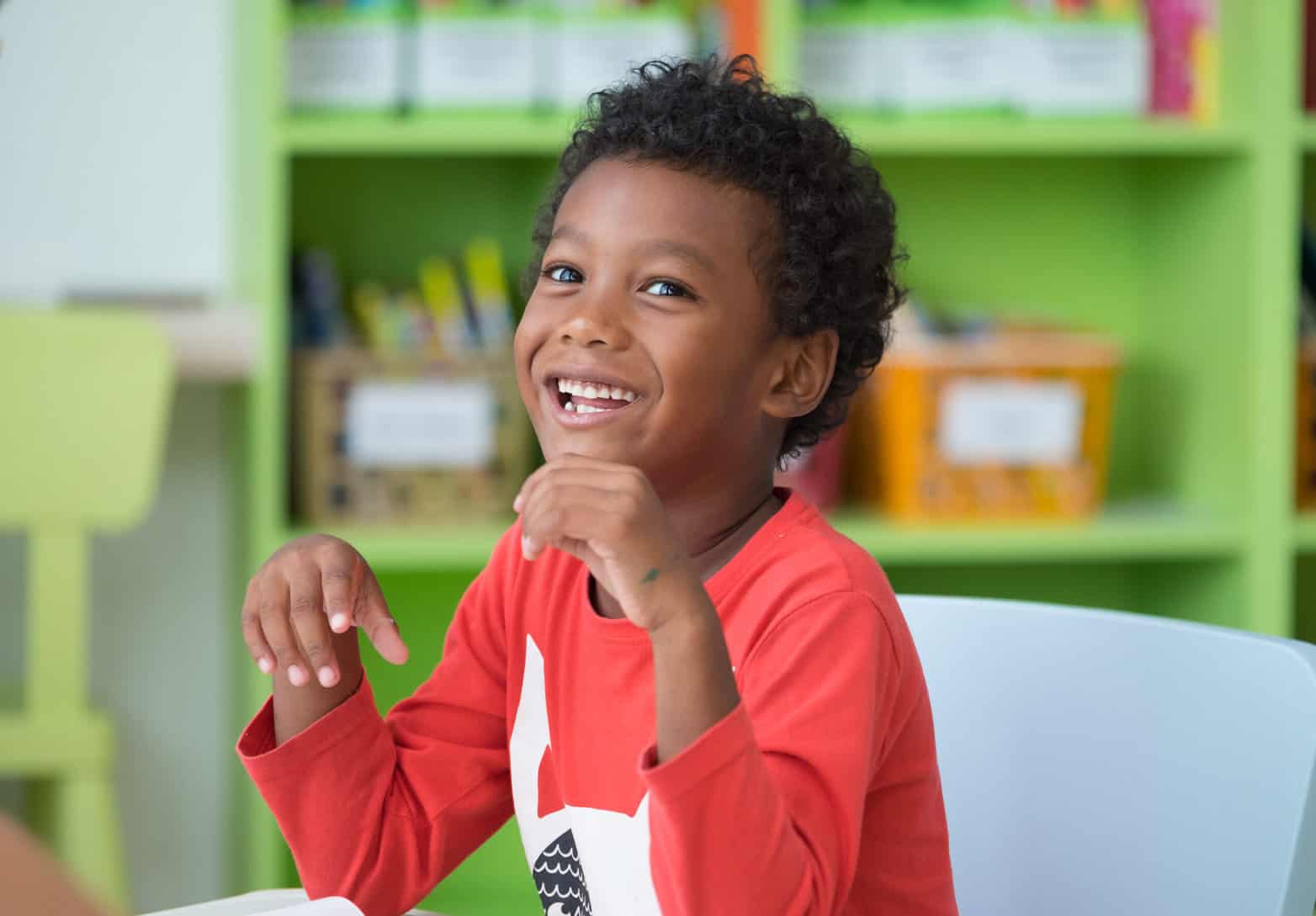In this two-part series, two educators share their experience working with the SAP team working on the Planning and Reflecting with Culturally Relevant Pedagogy project. This is the second post in this series.
Over the past few years, the SAP team has been working on a tool to support educators in planning and reflecting with culturally relevant pedagogy. We worked with educators in the design process to test and refine the tool with their input. It was important to the design team of this project to have teacher voices and perspectives included in the discussion of culturally relevant pedagogy. Below are Jamie Schnablegger’s reflections on working with the tool.
What inspired you to get involved and contribute to this work?
What inspired me to get involved and contribute to this work is my passion for designing lessons that meet the needs and interests of my students and provide them with culturally affirming learning experiences. I often found myself frustrated when planning with a curriculum that was not culturally relevant or responsive. I felt like teaching the curriculum as is was harmful, and at times dangerous, due to its lack of cultural responsiveness. I knew I was not the only teacher that felt that way, so I wanted to find a tool that would support me in creating culturally relevant lessons while still using the mandated curriculum. When this project was presented to me I knew this is what I was looking for.
What did the Culturally Relevant Reflection Tool reveal to you about the implications of instructional materials and practice on student learning?
Some implications that arose about instructional materials and practices on student learning are around the curriculum-selected text. We were reading “Boy Who Harnessed the Wind” by Bryan Melear and William Kamkwamba. I wanted to ensure that through our reading and learning students were given diverse and authentic representations of Malawi and the continent of Africa. The reflections tool provided guidance and reflection questions on how to support students in this journey and how to bridge students’ existing funds of knowledge with the grade-level curriculum.
Were there any challenges that surfaced as you used the reflection tool? If so, how did you overcome those challenges?
Because I use a school-mandated curriculum, one of the challenges that surfaced when using this tool was time. As it is, curriculum-based lessons are designed to take an entire content block. Making shifts to the lessons using the reflection tool often extended the lesson passed the amount of time I had to teach it. I had to get creative and walk a fine line between making modifications and creating a new lesson. The tool supported me when walking this line. It helped me keep perspective on the purpose of the lesson and build students’ critical consciences throughout.
What opportunities does this reflection tool create for the teaching and learning experiences in your classroom?
The Culturally Relevant Reflection Tool provides educators with the opportunity to look at instructional practices and curriculum with a culturally responsive approach. It provides enough guidance for teachers to take an already-developed lesson and bridge students’ cultural genius and grade-level standards. Through this students were able to develop as critical thinkers and engage with grade-level standards and instruction in a culturally affirming learning environment.
What is something you would want other educators to know who are considering the reflection tool in their planning and instruction?
I would like other educators to consider that this tool works as a guide to push your thinking when planning or developing lessons. Using this tool when planning will take additional time in planning but creating lessons that provide a culturally affirming learning environment and experience for all students will build a community of learners that take risks, ask questions, and take action.
If you’d like to learn more about the Planning & Reflecting with Culturally Relevant Pedagogy project, check out the collection page on our site.

















